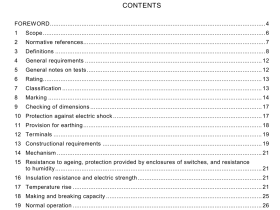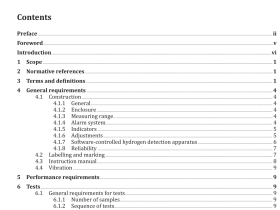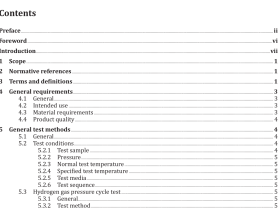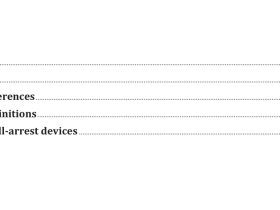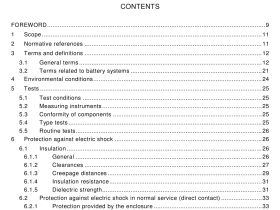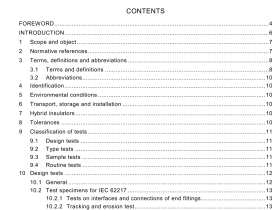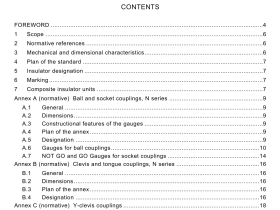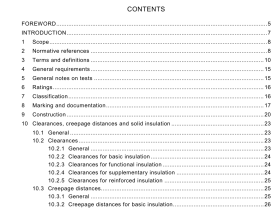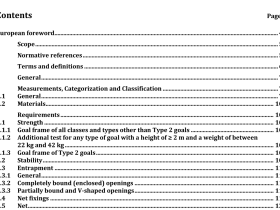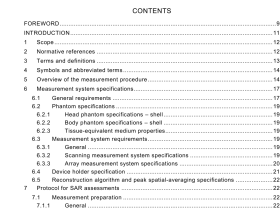AS 14448 pdf download
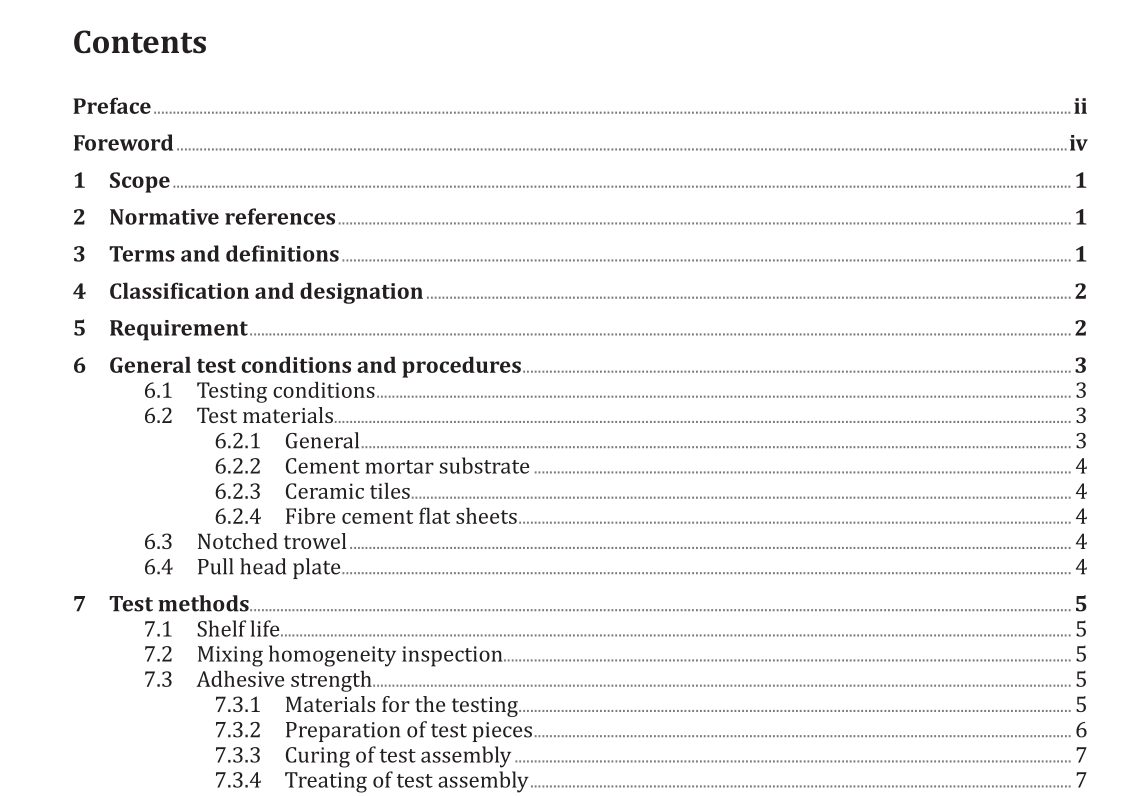
AS 14448 pdf download.Low modulus adhesives for exterior tile fnishing (ISO 14448:2016, MOD)
1 Scope
This International Standard specifies a quality standard and test methods for a low modulus adhesive composed of chemical reaction resins and used for the installation of tiles to exterior walls.
2 Normative references
The following documents, in whole or in part, are normatively referenced in this document and are indispensable for its application. For dated references, only the edition cited applies. For undated references, the latest edition of the referenced document (including any amendments) applies. ISO 37:2011, Rubber, vulcanized or thermoplastic — Determination of tensile stress-strain properties ISO 188:2011, Rubber, vulcanized or thermoplastic — Accelerated ageing and heat resistance tests ISO 679:2009, Cement — Test methods — Determination of strength ISO 2811-1, Paints and varnishes — Determination of density — Part 1: Pycnometer method ISO 6344-2, Coated abrasives — Grain size analysis — Part 2: Determination of grain size distribution of macrogrits P12 to P220 ISO 8336, Fibre-cement flat sheets — Product specification and test methods ISO 10364:2007, Structural adhesives — Determination of the pot life (working life) of multi- component adhesives ISO 13006, Ceramic tiles — Definitions, classification, characteristics and marking ISO 21948, Coated abrasives — Plain sheets
3 Terms and definitions
For the purposes of this document, the following terms and definitions apply. 3.1 pot-life time interval during which the adhesive can be used after mixing 3.2 open time maximum time interval after application at which tiles can be embedded in the applied adhesive and meet the specified tensile adhesion strength requirement 3.3 shelf life time of storage under stated conditions during which an adhesive may be expected to maintain its working properties 3.4 slip downward movement of a tile applied to a combed adhesive layer on a vertical surface 3.5 reaction resin adhesive single- or multi-component mixture of synthetic resin, mineral fillers and organic additive 3.6 notched trowel toothed tool, which makes it possible to apply the adhesive as a series of ribs of a uniform thickness onto the fixing surface and/or the reverse face of the tile 3.7 cohesive failure ratio percentage of total cohesive failure area of adhesive, substrate or tile, over total adhesion area 3.8 low modulus adhesive adhesives curing to elastomeric rubbery film which has minimum 35 % of elongation at tensile testing break point 3.9 cement finely ground inorganic material that, when mixed with water, forms a paste that sets by means of hydration reactions and processes, and that, after hardening, retains its strength and stability, even under water Note 1 to entry: Cement for mortar substrate shall be Portland cement which is specified in ASTM C150 type 1. [SOURCE: ISO 6707-1:2014, 6.4.16, modified]
6.2.2 Cement mortar substrate Mold a block in a 70 mm × 70 mm × 20 mm metal frame by pouring mortar specified in ISO 679:2009, Clause 6 and cure it at (20 ± 3) °C and at least 80 % RH for 24 h before taking it out. Then, cure the block in water at (20 ± 3) °C for 7 d. Then, condition for two weeks at (23 ± 2) °C and (50 ± 10) % RH. Polish the surface well using sandpaper as specified in ISO 21948 with a P150 grain size specified in ISO 6344-2, to remove any efflorescence or release agents from the surface. 6.2.3 Ceramic tiles The tiles used for this test shall be Group BIa tiles complying with ISO 13006 with water absorption less than 0,5 % by mass. The tiles shall be checked prior to conditioning to ensure that they are unused, clean and dry. 6.2.4 Fibre cement flat sheets The fibre cement flat sheets shall be category C as defined in ISO 8336 with a thickness of 8 mm.
